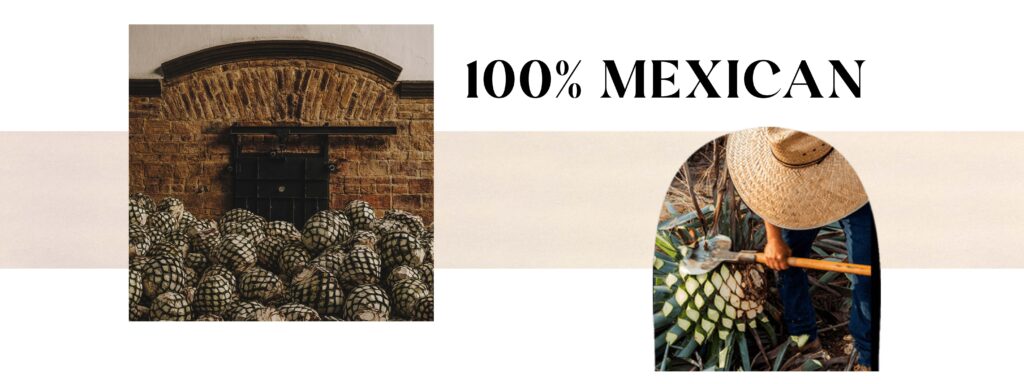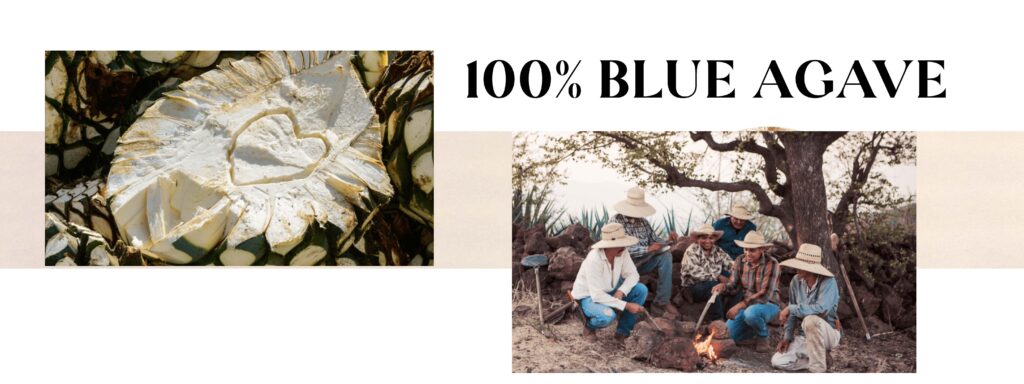The History of Tequila
The Aztecs first used the agave plant to make a drink called pulque. This drink was made by fermenting the sap of the agave plant, and it was used for religious and ceremonial purposes. When the Spanish conquistadors arrived in Mexico, they began to make their own version of pulque, which they called mezcal. Mezcal was made with the same agave sap, but it was distilled, and it quickly became popular among the Spanish settlers.
Tequila was first produced in the 16th century in the town of Tequila, which is located in the state of Jalisco. The first tequila distillery was built by the Marquis of Altamira. Tequila was originally made with a type of agave known as Blue Weber Agave (agave azul). This variety of agave is still used to make tequila today.

How is Tequila Crafted
Tequila is a distilled beverage made from the blue agave plant. The drink is typically composed of 40% – 60% alcohol by volume (80 – 120 proof) and is made in Mexico. Tequila is made from the heart of the agave plant, which is called the piña.
The piña is roasted above-ground in an oven and then shredded or grounded into a pulp. Then, the pulp is mixed with water and yeast and fermented in large vats for two to three weeks. After fermentation, the mixture is distilled two or three times to produce the final product.

NEW PRODUCT | VOLCAN DE MI TIERRA
BEFORE TEQUILA WAS A DRINK IT WAS A VOLCANO
VOLCAN DE MI TIERRA’S TRUE BEGINNINGS DATE BACK OVER 200,000 YEARS, WHEN THE “TEQUILA” VOLCANO ERUPTED, AND NOURISHED THE SOIL OF THE JALISCO REGION IN MEXICO.
VOLCAN DE MI TIERRA, WHICH TRANSLATES INTO “LAND OF THE VOLCANO”, EMBODIES A CELEBRATION OF PROVENANCE AND LEGACY.
VOLCAN DE MI TIERRA HARMONIZES 300 YEARS OF PASSION AND ENTREPRENEURSHIP, JOINING THE GALLARDO FAMILY’S HERITAGE AND DEEP MEXICAN ROOTS WITH MOËT HENNESSY’S COMMITMENT TO CRAFTSMANSHIP AND SAVOIR FAIRE.


